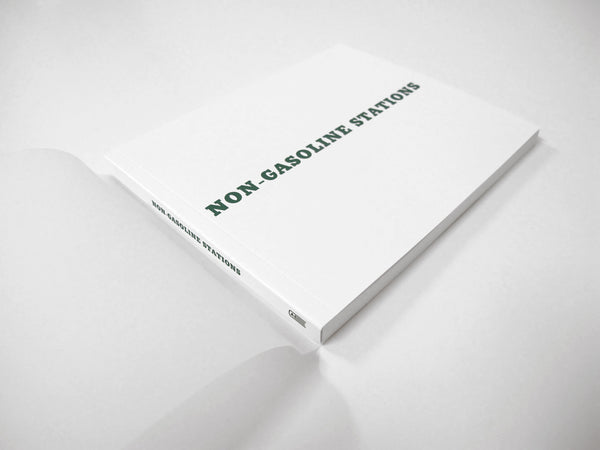
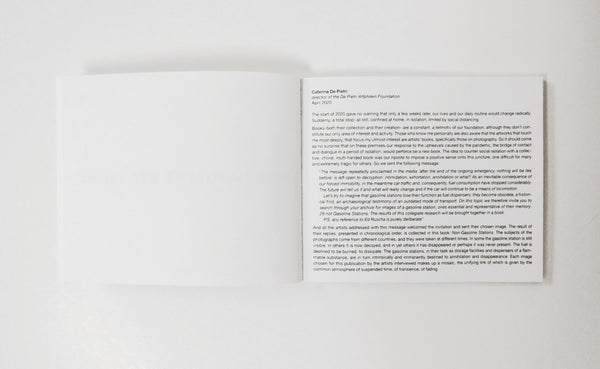
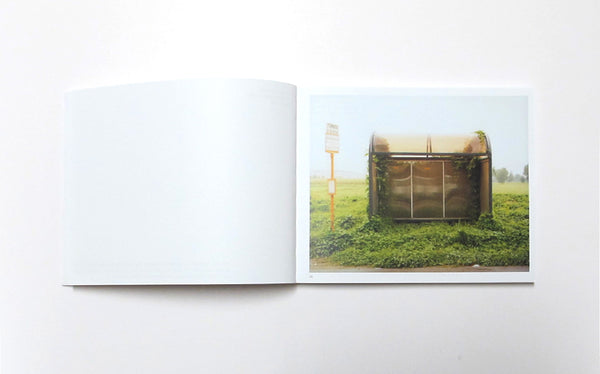

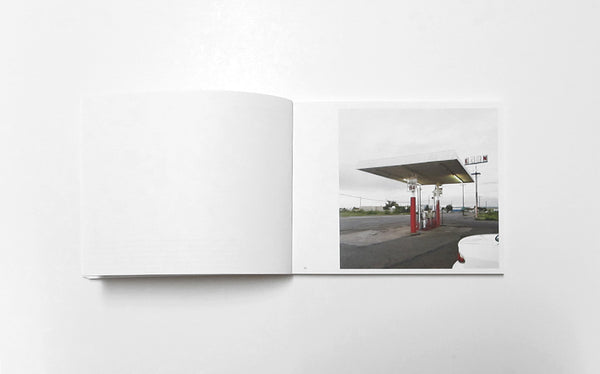
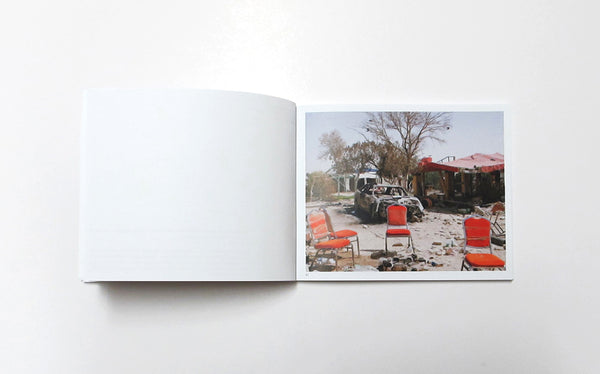
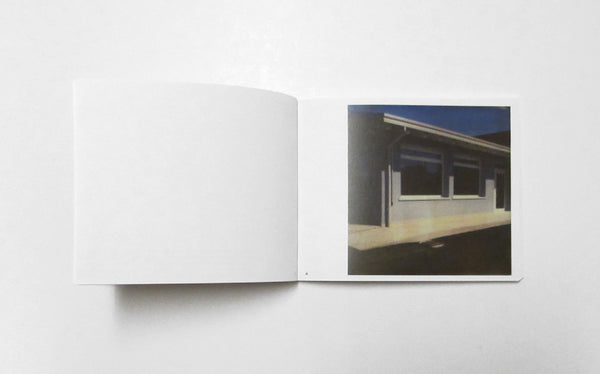
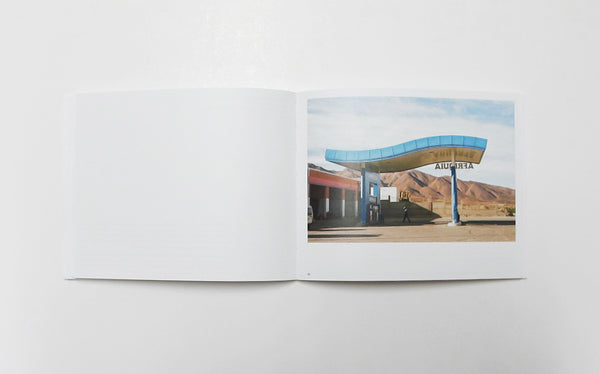
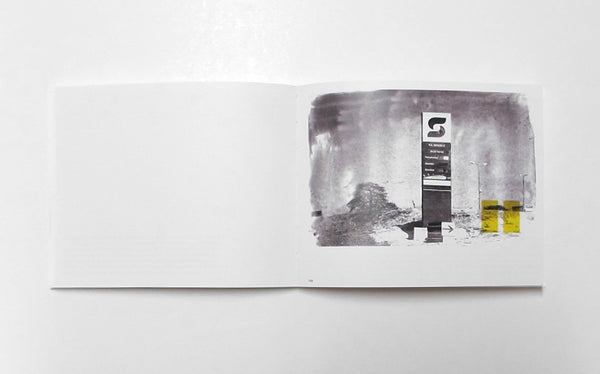
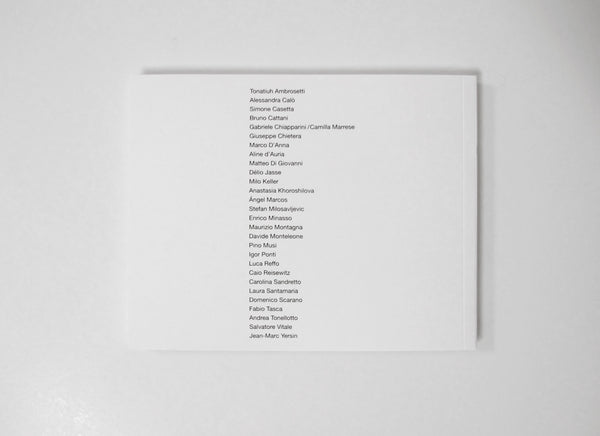
Caterina De Pietri (ed. by)
Non-Gasoline Stations
Artphilein Editions, Lugano — 2020
Contributing artists: Tonatiuh Ambrosetti, Alessandra Calò, Simone Casetta, Bruno Cattani, Gabriele Chiapparini / Camilla Marrese, Giuseppe Chietera, Marco D’Anna, Aline d’Auria, Matteo Di Giovanni, Délio Jasse, Milo Keller, Anastasia Khoroshilova, Ángel Marcos, Stefan Milosavljevic, Enrico Minasso, Maurizio Montagna, Davide Monteleone, Pino Musi, Igor Ponti, Luca Reffo, Caio Reisewitz, Carolina Sandretto, Laura Santamaria, Domenico Scarano, Fabio Tasca, Andrea Tonellotto, Salvatore Vitale, Jean-Marc Yersin
The start of 2020 gave no warning that only a few weeks later, our lives and our daily routine would change radically. Suddenly, a total stop: all still, confined at home, in isolation, limited by social distancing.
On these premises our response to the upheavals caused by the pandemic, the bridge of contact and dialogue in a period of isolation, would perforce be a new book. The idea to counter social isolation with a collective, choral, multi-handed book was our riposte to impose a positive sense onto this juncture, one difficult for many and extremely tragic for others. So we sent the following message:
“The message repeatedly proclaimed in the media ‘after the end of the ongoing emergency, nothing will be like before’ is left open to decryption: intimidation, exhortation, annihilation or what? As an inevitable consequence of our forced immobility, in the meantime car traffic and, consequently, fuel consumption have dropped considerably. The future will tell us if and what will really change and if the car will continue to be a means of locomotion.
Let’s try to imagine that gasoline stations lose their function as fuel dispensers: they become obsolete, a historical find, an archaeological testimony of an outdated mode of transport. On this topic we therefore invite you to search through your archive for images of a gasoline station, ones essential and representative of their memory: 28 not Gasoline Stations. The results of this collegiate research will be brought together in a book.
P.S. any reference to Ed Ruscha is purely deliberate.”
And all the artists addressed with this message welcomed the invitation and sent their chosen image. The result of their replies, presented in chronological order, is collected in this book: Non-Gasoline Stations. The subjects of the photographs come from different countries, and they were taken at different times. The gasoline stations, in their task as storage facilities and dispensers of a flammable substance, are in turn intrinsically and immanently destined to annihilation and disappearance. Each image chosen for this publication by the artists interviewed makes up a mosaic, the unifying link of which is given by the common atmosphere of suspended time, of transience, of fading.
Caterina De Pietri
director of the De Pietri Artphilein Foundation


